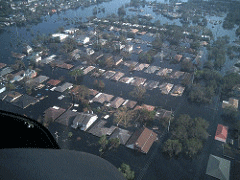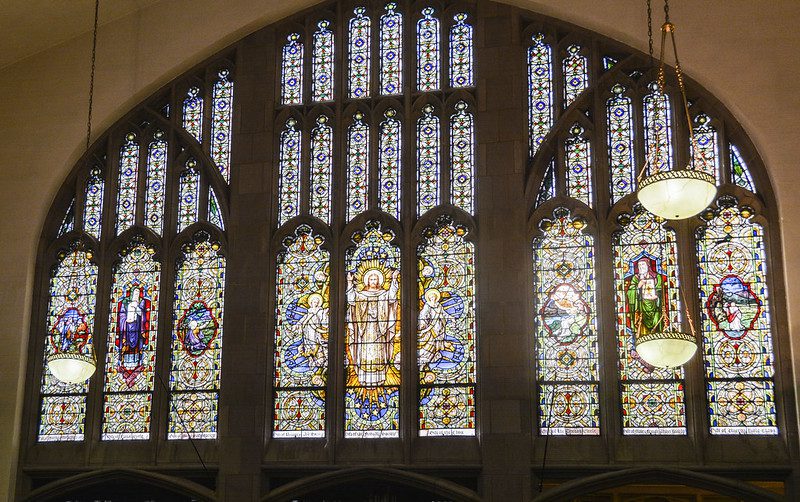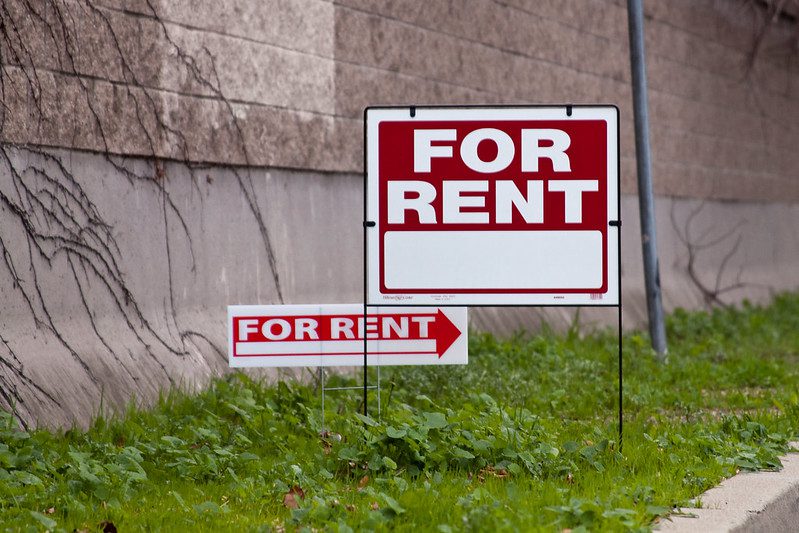
file photo
Hurricane Katrina devastated New Orleans, but it actually hit the Gulf Coast of Mississippi much harder. Several towns were literally wiped off the map, and cities like Gulfport and Biloxi saw every structure within three blocks of the beach destroyed. But unlike New Orleans, South Mississippi is above sea level, so there hasn’t been a debate about whether it makes sense to rebuild. The question is, how will communities rebuild?
To answer this question, Governor Haley Barbour turned to the Congress for the New Urbanism (CNU), a nonprofit leading a controversial shift in American planning and design. The New Urbanists emphasize building communities that look like America did before the age of suburban sprawl, including vernacular architecture; homes, schools, jobs and stores within walking distance of one another; and neighborhoods that mix residential and retail, often in the same buildings. Barbour asked the CNU to help organize the Mississippi Renewal Forum, a gathering of planners and architects from across the country. The week-long event in October resulted in a set of design guidelines that towns and cities might use to replace their old zoning codes. Not surprisingly, these guidelines borrow heavily from the principles of the New Urbanists. Barbour’s Commission on Recovery, Rebuilding and Renewal supported many of these ideas in its final report, issued in December.
Barbour said that while the commission supported the New Urbanist vision, “local governments and the private sector will decide” whether to adopt it. He didn’t say what role the average citizen would have in the process. Some neighborhood groups and coalitions are creating their own plans rather than waiting for local officials and developers to decide for them. One example is in Turkey Creek and North Gulfport, Miss., which were profiled in Shelterforce in the July/August 2005 issue. Residents there are taking part in a planning effort that began in February, led by groups based in the neighborhood. They are concerned that their historic African-American communities will be swamped by encroaching development.
As in New Orleans, some residents are worried that developers will use the devastation left by the hurricane as a chance to grab more land for casinos and high-end retail and housing developments. The tilt toward a New Urbanist philosophy has also been questioned. Though it supports building communities with a mix of incomes, the New Urbanist movement has not been so successful at it. Some of the best-known New Urbanist towns, such as Celebration, Fla., are notable for being isolated from surrounding communities and for a lack of low-income residents.
Many of the planners and architects at the forum in October developed designs for homes that would be affordable to low-income residents and also more resistant to future storms. But since the results of their work aren’t binding on cities and towns, there is no guarantee political leaders will use New Urbanist ideas in ways that benefit displaced residents.




Comments